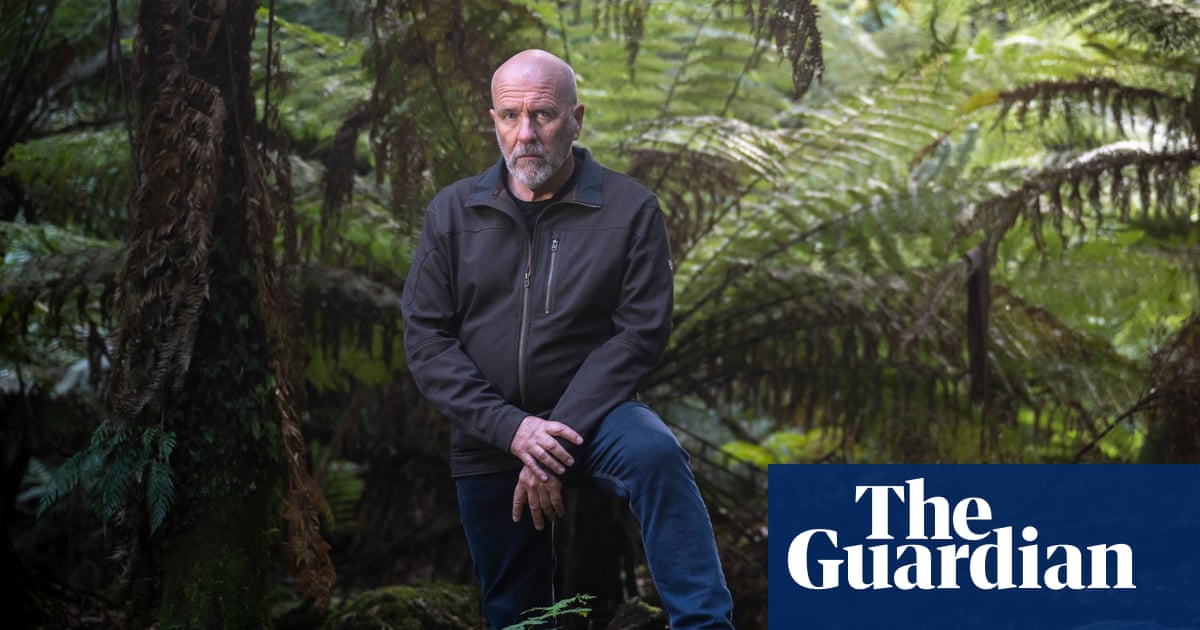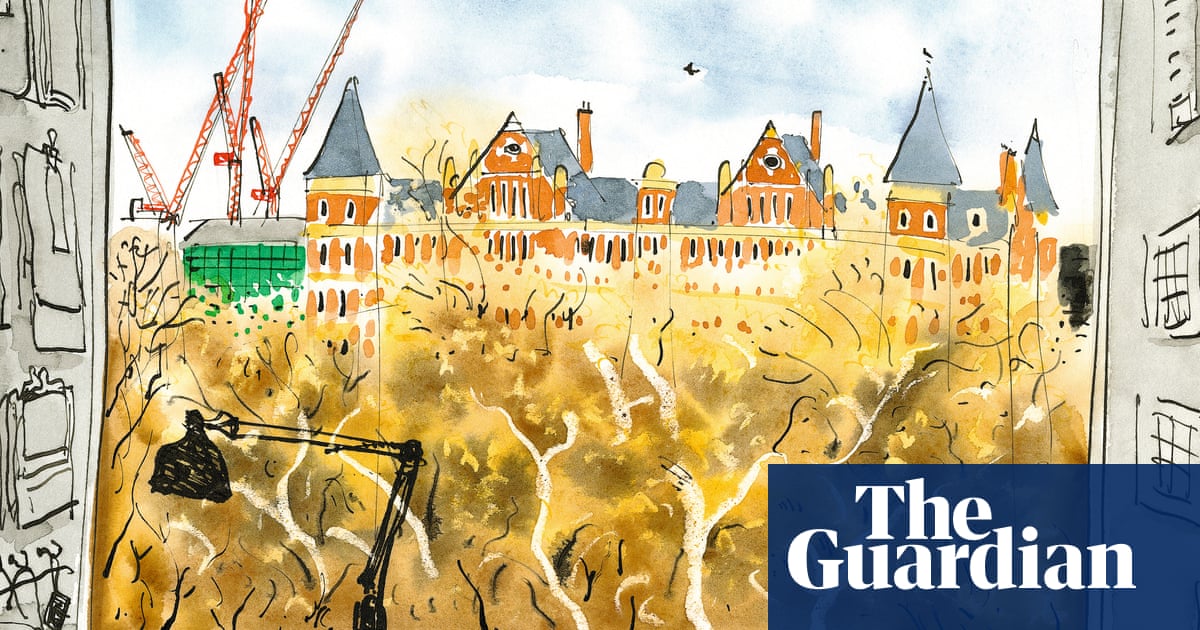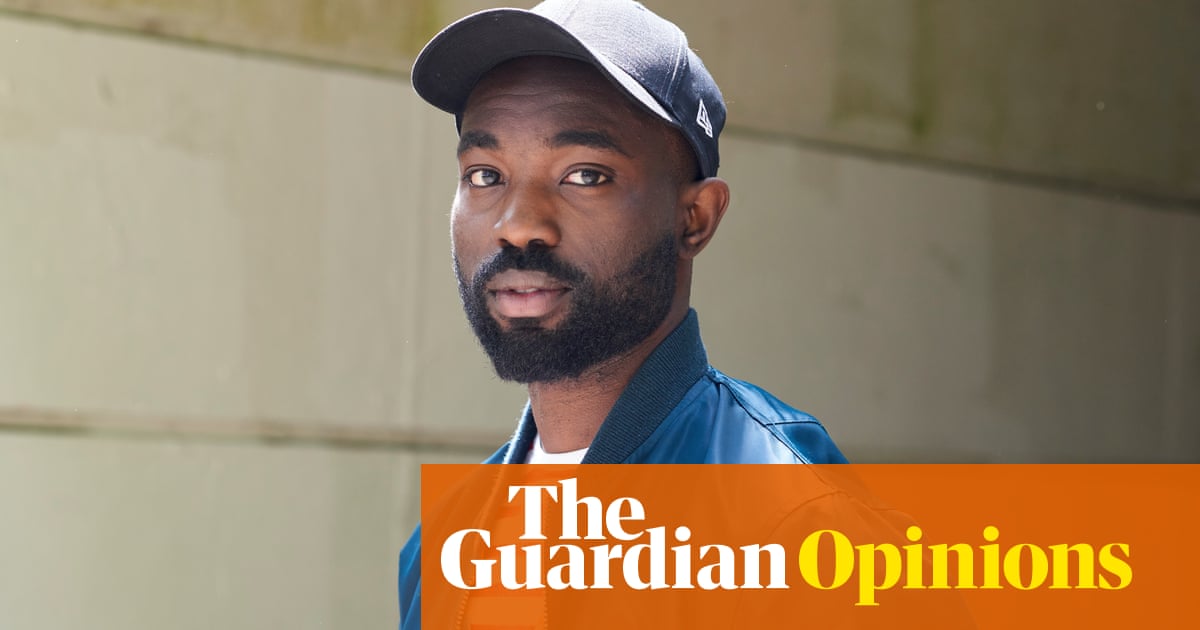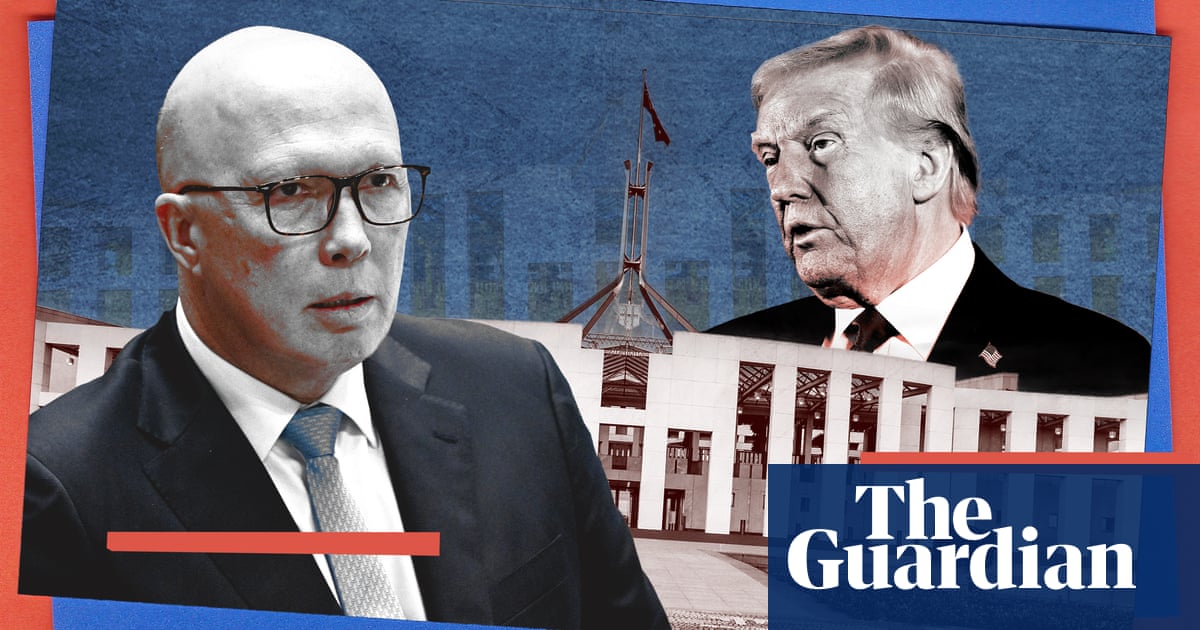
The digital age sings a seductive song of progress, yet a deliberate erasure echoes within its circuits. We stand at a crossroads, where technology, particularly the promise of artificial intelligence, threatens both to illuminate and to obliterate.
Whose perspectives will shape, and whose will be erased from, the future we build? AI, in particular, has become the latest battleground in a culture war that oscillates between unchecked techno-optimism and dystopian fear. We are told, on one hand, that AI will save us – from disease, inefficiency, ignorance – on the other, that it will replace us, dominate us, erase us.
Frequently, mainstream discourse around technology and the future is framed in the narrow vision of broligarchs. The philosophy of the broligarchs is a derivative of the techno-utopian Californian ideology promoted in 1990s Silicon Valley culture. However, this perspective has recently metastasized into the Dark Enlightenment, a techno-authoritarian, neo-reactionary philosophy now embraced by members of authoritarian governments like Elon Musk and in bureaucratic form expressed as Doge.
This is where Afrofuturism enters – not just as a genre or an aesthetic, but as a paradigm shift.
Contemporary Afrofuturism is a philosophy that empowers African people to locate themselves in the past, present and future with agency. Afrofuturism is transnational and translocal. Afrofuturism offers a vital perspective, not merely as a creative resource, but as a cultural and political framework for reimagining possibilities. Afrofuturism provides tools to envision alternative futures ethically grounded in the Black experience.
As Ruha Benjamin reminds us, the “new Jim Code” is not merely a metaphor; it is a reality, where algorithms perpetuate systemic inequalities, a digital echo of historical oppression.
Afrofuturism challenges the foundations of what we call “the future”. It rejects the a-historic narratives of clean-slate innovation and insists instead on ancestral reckoning. It knows that futures are made, not found – and that who gets to imagine them is a political question.
Born from experimentation and exploration, from historical struggle as well as a wellspring of joy, play and boundless curiosity, Afrofuturism represents resilience and future-making. Our ancestors, facing dehumanization and erasure, created codes in spirituals and sound imagining vibrant, liberated worlds. These “Afro-rithms” were not just acts of resistance; they were the initial cultural software that contributed to forms of Indigenous foresight and liberation tech.
Now, as AI evolves with increasing sophistication and speed, it can reflect the biases of its creators. Systems designed with a narrow perspective can perpetuate inequality. As writer and editor Sheree Renée Thomas stated: “We need Afrofuturists, like Walter Greason and William ‘Sandy’ Darity, to interrogate the foundations of global capitalism, to reveal the hidden histories of extraction and exploitation.”
As historian Walter Rodney argued, Europe’s post-war redevelopment was built upon the intentional underdevelopment of Africa, a cycle of extraction masked as “fair trade”. Arikana Chihombori-Quao, the former permanent representative of the African Union to the United States, powerfully states, the aid Africa receives is insignificant “peanuts” compared with what the west has taken from the continent. Afrofuturism requires restorative justice.
Yet, in the aftermath, Black and Indigenous communities have not only survived. They have created. They have built technologies of renewal, from kinship systems to cultural codes, ontologies that do not submit to nihilistic pessimism, and spirit-based epistemologies that contribute to insurgent data practices. This is the essence of ancestral intelligence – what we call the real AI.
Afrofuturism, then, is not a niche or a novelty. It is the future done well – a future that is accountable, embodied, culturally rooted and morally urgent. And in this reactionary moment of AI hype, digital displacement, incels and disaffected rightwing accelerationists, characterized by some as the Dark Enlightenment, Afrofuturism – and ancestral intelligence more broadly – offer our best chance to imagine futures worth living in.
For all its reach, AI is bound by the logic of its creators – logics shaped by biased large language models, anti-Black racism, capitalist extraction and techno-utopianism. AI today is coded with the biases of its time and its makers. Because of this, it too often obscures, exploits or erases the very communities who have long practiced their own form of collective healing intelligence: ancestral intelligence.
This is the real AI.
AfroRithms from the Future – a collaborative, storytelling game Professor Brooks co-designed with Ahmed Best, Jade Fabello, Eli Kosminsky and others – offers a path forward aligned with other imagination games amplifying Black and Indigenous futures as pathways that can leverage ancestral intelligence for us all.
Imagine AI griots that channel the wisdom of Angela Davis, Fannie Lou Hamer, Steve Biko or Kwame Nkrumah, revealing the hidden architectures of power, or economic models that dismantle the exploitative structures inherited from Jim Crow, apartheid or colonialism. This is not fantasy. It’s what happens when we channel ancestral wisdom through speculative play. AfroRithms is both world-building and world-remaking.
In the Black Speculative Arts Movement (BSAM), we see blueprints for a different kind of intelligence – one rooted in kinship, reciprocity, imagination and healing.
While some futurists speak only in data and charts, Sará King offers a different map: the body. In her Science of Social Justice, King defines healing as integral to futures literacy. This approach forms the basis for building an AI tool in development she calls the “Mirror of Loving Awareness” – cultivating mutual attunement and serving as a neural network of the soul. When we fuse King’s wisdom with the speculative, meditation and imagination become inseparable, giving rise to a new form of futures work rooted in ancestral intelligence.
This depth of feeling is what Ahmed Best calls the Emotional Engine – a pathway to the driving emotional force that moves us toward fundamental change in how the future feels. It is empathy, purpose, and healing made kinetic. It’s what activates futures not just as ideas, but as lived emotional truths. As Stanford computer science student Anabelle Colmenares observes, ancestral wisdom and AI aren’t opposites – they curve back toward each other. The deeper you go into one, the closer you come to the other.
Continuing this convergence of healing and technological foresight, Philip Butler explores the nexus of Blackness, neuroscience, technology and spirituality to shape radically pluralistic and liberatory futures. He is the founder of the Seekr Project, a distinctly designed conversational AI with embedded mental health capacities – an evolution in artificial cognition grounded in culturally attuned, healing-centered design.
Together, King, Best and Butler advance a future where care, consciousness and ancestral wisdom become the very architecture of AI. The work of Toniesha Taylor at the Center for Africana Futures at Texas Southern University and the non-profit community work of LaWana Richmond and the Grioneers operate at the intersection of AI, visioning, the metaverse and technological futures to prepare young people for opportunities in policy and personal development.
Audrey Williams amplifies speculative storytelling and writers with Ancestral Futures. Countering the Dark Enlightenment, Alan Clark creates “the world’s most dangerous comix” through Afrofuturist landscapes. Julian Chambliss at Michigan State University actively recovers lost Black historic civic futures. Nina Woodruff, Jasmine Wade and Kaya Fortune reawaken youth agency through the Community Futures School envisioning Oakland in 2045. Nyame Brown conjures artistic Black utopias in his Onyx universe. Joshua Mays literally covers Oakland in murals of Afrofuturist technicolor, reimagining it as the city of Olgaruth.
Stacey Robinson, co-creator of Black Kirby alongside John Jennings, visual artists Quentin VerCetty, Tim Fielder, digital scientist Zaika dos Santos, curator Natasha A Kelly, cosplayer Shannon Theus and the First Noble Institute of the Netherlands reclaim political and visual space for the Black imagination. Their artistic productions are not only illustrations – they’re glyphs, visual nommo, sigils and frequencies of alternate time loops.
Then there is Sheree Renée Thomas, whose editorial hand has shaped two volumes of Dark Matter and, recently, Africa Risen, anthologies of speculative African-centered literature that remind us that the future is not inevitable – it is curated. Tiffany Barber curated the End of the World with New York Live Arts, and we survived Covid-19. The work of Sahelian performance artist Ibrahim Oumarou Yacouba AKA Sage Soldat, Cameroon Afrofuturist Nkolo Blondel and South African sound artist Michael Bhatch engage ancestral intelligence at the nexus of heritage and digital innovation. These creators prove that African speculative innovation is not a niche – it is a necessity. It is how Black people carry our futures without dropping our past.
The real AI is already here and preparing for these four challenges
1 The broligarchs hierarchy v our collective agency
The current obsession with order through authoritarianism and fantasies of xenophobic neo-feudal enclaves is countered by Afrofuturism’s decentralized communities. Octavia Butler’s Parable of the Sower narratives envisions grassroots networks thriving amid collapse, rejecting top-down control.
2 Technology as control v liberation
The PayPal mafia and their ilk frame technology as an accelerant of capitalist alienation, transhumanism and a lack of support for democracy. Afrofuturism reimagines it as emancipatory. Janelle Monáe’s Dirty Computer explores digital consciousness as a site of resistance. Here, innovation fosters connection, not subjugation.
3 Historical amnesia v ethical memory
The techno-authoritarian nostalgia for a mythologized past ignores the violence embedded in historical hierarchies. Afrofuturism insists on confronting legacies of oppression to avoid their repetition, rejecting their a-historical escapism and attempts at the agency reduction of African peoples.
4 Collapse v sustainable futurity
The techno-authoritarian impulse welcomes societal collapse as a Darwinian purge. Afrofuturism rejects this nihilism, prioritizing sustainable communities characterized by a spirit of Ubuntu and ecological balance countering the authoritarian death-drive with a commitment to intergenerational care.
The urgency of Afrofuturist hope
The techno-authoritarians offer a future stripped of empathy – a regression to domination disguised as pragmatism. Afrofuturism, by contrast, asserts that another world is not only possible but already being built.
It challenges us to wield technology as a tool for justice, or what our ancestors called Maat, to honor history without being shackled to it, and to craft communities grounded in equity. In an age of climate crisis and resurgence of fascism, this vision is not merely artistic – it is a political imperative. The techno-authoritarians’ fatalism is a surrender; Afrofuturism is a rallying cry.
-
Lonny Avi Brooks is Professor and Chair of Communication at Cal State East Bay, co-founder of the AfroRithm Futures Group, and co-creator of AfroRithms From The Future, a visionary storytelling game that imagines liberated futures through Black, Indigenous, and Queer perspectives
-
Reynaldo Anderson is Associate Professor of Africology and African American Studies Temple University
-
Acknowledgements: we wish to acknowledge Ben Hamamoto and Sheree Renée Thomas for their review of this article and their thoughtful suggestions and edits.

 2 months ago
54
2 months ago
54

















































